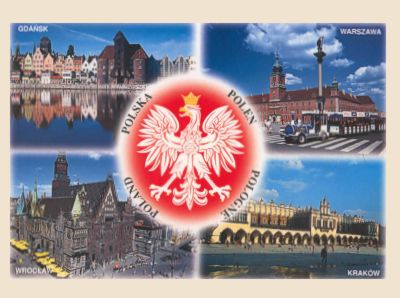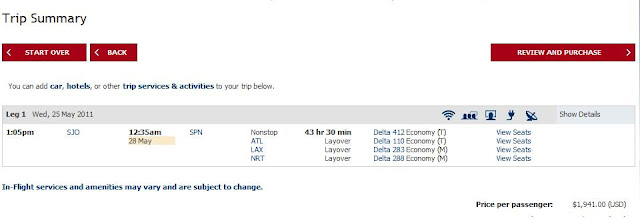AIR TANZANIA
is the national airline of Tanzania. Its main base is Julius Nyerere International Airport Dar es Salaam.
Air Tanzania Corporation was established on 10 March 1977 after the breakup of East African Airways, which had previously served the region. Flights were started from Dar-es-Salaam using Boeing 737-200s and Fokker F27s. A Twin Otter was used for regional services and flights from Kilimanjaro were started. In the mid-1990s, the airline leased and Ethiopian Airlines Boeing 767 but this aircraft was too large and the airline disposed of it. Regional services were reduced in this period and the Twin Otter was also disposed of.
In December 2008, the Tanzania Civil Aviation Authority, withdrew the Air Operator Certificate for Air Tanzania for reasons accruing to mainly unsatisfactory safety and operational manuals. In the same month, Air Tanzania decided to voluntarily resign from IATA membership in order to preserve its status while preparing for the IOSA audit which is a prerequisite for all member airlines. The company was granted the Air Operator Cerificate by TCAA two weeks later and is now in an a process to return to IATA membership which has taken long because of preparations for the audit.
As of 18 March 2011, Air Tanzania CTL has effectively been grounded after its sole remaining operational aircraft, a Bombardier Q300 was sent for extensive maintenance to South Africa. Destination previously served by Air Tanzanina are expected to be taken over by Precision Air and Fly 540
COSTA RICA
has no flag carrier
NORHTER MARIANA ISLANDS
has no flag carrier
TAIWAN FLAG CARRIERS
CHINA AIRLINES
The airline, with headquarters in and flight operations from Taiwan Taoyuan International Airport in Dayuan Township, Taoyuan County, flies to destinations in Asia, Europe, North America and Oceanian. The airline started scheduled chartered flights between Taiwan and mainland China on July 2008. most flights serving this market are concetrated at Shanghai, Guangzhou and Beijing. China Airlines has operated the Hong Kong route since 1967, which is the airline's most profitable market. The airline's main competitor is EVA Air.
EVA AIR
POLISH FLAG CARRIER
LOT Polish Airlines
is the flag carrier of Poland. Based in Warsaw, LOT was established in 1929, making it one of the world's oldest airlines still in operation. Using a fleet of 55 aircraft, LOT operates a complex network to 60 destinations in Europe, the Middle East, North America, and Asia. Most of the destinations are served from its hub, Warsaw Chopin Airport. 1989 marked the beginning of the airline's quick development. LOT started retiring their old Soviet aircraft, and began their fleet renewal. With the arrival of the first Boeing 767-200ER, LOT ceased to serve their inter-continental destinations to Chicago, Newark and New York City with the LLyushin II -62M aircraft. These three main routes have been one of the most popular flights that LOT operates, especially during the summer season when many Poles seek to come back to their homeland for vacation. The airline has a large short-haul service,with recently added destinations like Kaliningrad and Tbilisi, operating 20 E-Jet 170/175, and a recent order conversion to the E-195, will enable LOT to serve more destinations or more widely their current.


























